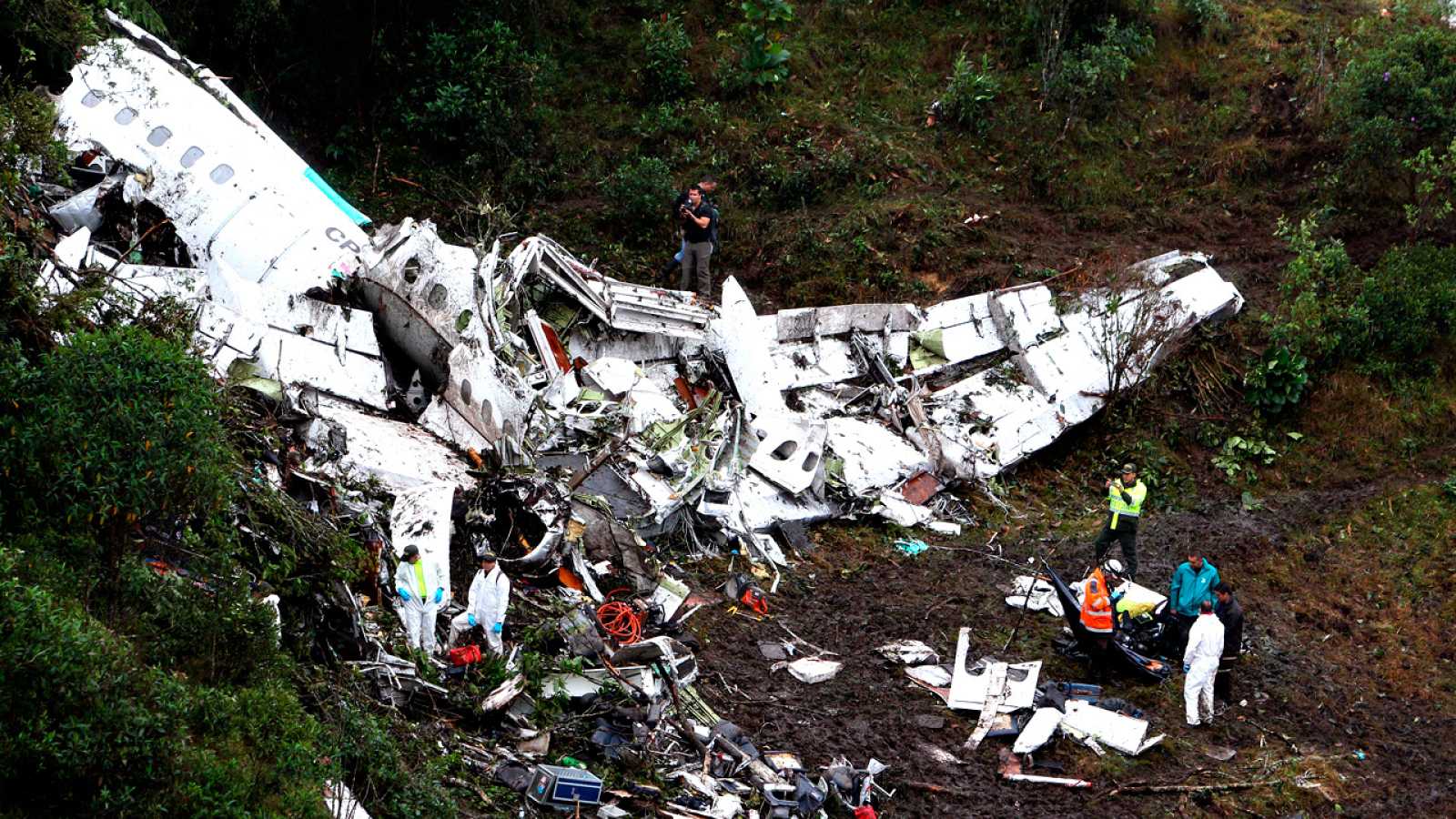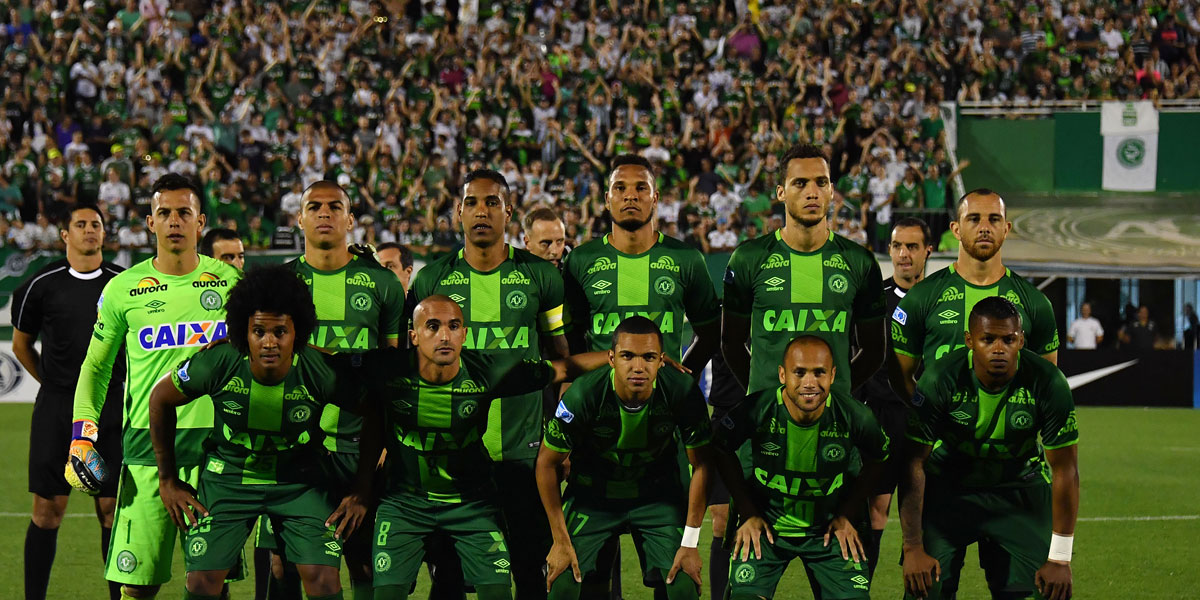The Tragedy of Chapecoense: A Team, a City, a Story of Overcoming
In the quiet city of Chapecó, Brazil, the local soccer team, the Associação Chapecoense de Futebol, was writing a story of improvement that would resonate in everyone's hearts. Until, in November 2016, tragedy struck in a devastating way, leaving an indelible scar on the soul of the city and the football world.
Chapecoense, a modest club, had achieved impressive feats. They went from the lower divisions to Serie A, the highest category of Brazilian football. But their true epic began in the 2016 Copa Sudamericana, where they faced much larger and more experienced teams.
On November 28, 2016, Chapecoense boarded a flight to Medellín, Colombia, to play the final of the Copa Sudamericana against Atlético Nacional. It was a humble team's dream of achieving greatness. However, tragedy loomed in the darkness of that night.
The plane carrying the team crashed in the mountains of Colombia, leaving a devastating result. Most of the players, coaching staff and journalists on board lost their lives. The news shocked the football world, plunging Chapecó into overwhelming pain. But the tragedy also revealed the true essence of overcoming.
In the midst of mourning, Chapecó joined in a collective hug. The city went out of its way to support the families of the victims and the few players who were not on the flight. Solidarity spread throughout the country and beyond. Rival clubs offered players on loan and an unprecedented gesture: they asked the league to prevent Chapecoense from being relegated in the coming seasons.

In an act of bravery, the club decided to rebuild from the ashes. Vinícius Eutrópio, a new coach, took on the challenge of leading a team made up mostly of young people and newcomers. The new Chapecoense not only played to win games, but to honor the memory of those who left.
The first steps were difficult. The team, with tears in their eyes and heavy hearts, returned to the competition. But Chapecoense, with extraordinary resilience, began to write a new chapter. Each victory became a tribute to the fallen, each goal resonated like an echo of hope.
The entire city became a testimony of improvement. Chapecó was filled with murals and tributes to the heroes lost in the accident. The fans, previously accustomed to celebrating successes, found in unity and determination a new way to express their love for football and their community.
The team's rebuild also extended to infrastructure. The Arena Condá stadium became a symbol of resilience. Every home game was a show of strength, with fans cheering for their team more passionately than ever. The city, despite the immense pain, embraced hope and showed the world that Chapecoense was not only a football club; It was a family, a community united by adversity.
As the seasons progressed, Chapecoense regained its position in Serie A. The small city and its team continued to defy the odds, inspiring everyone with their story of overcoming. Every victory, every achievement, became a symbol of the human ability to recover from even the most heartbreaking tragedies.

The Chapecoense tragedy left deep scars, but it also showed that sometimes a light of hope can emerge from the darkest tragedies. The city and its team overcame adversity, turning pain into strength, loss into legacy, and despair into resilience. The story of Chapecoense became an eternal reminder of the ability of the human spirit to overcome any challenge, no matter how insurmountable it may seem.
